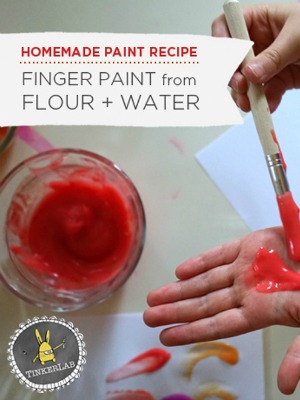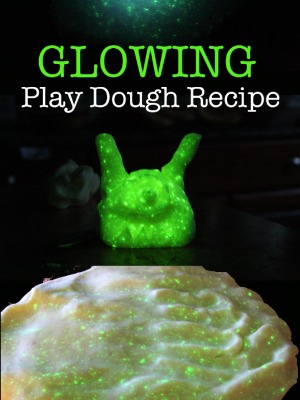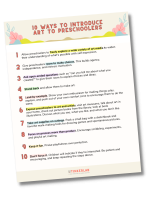Paint Recipe for Kids |Homemade Finger Paint

Today I’ll share how to make the easiest homemade finger paint from basic, edible ingredients: flour, water, and food coloring. Do you ever worry about the ingredients that come in store-bought paint? This is less of a concern now that…


